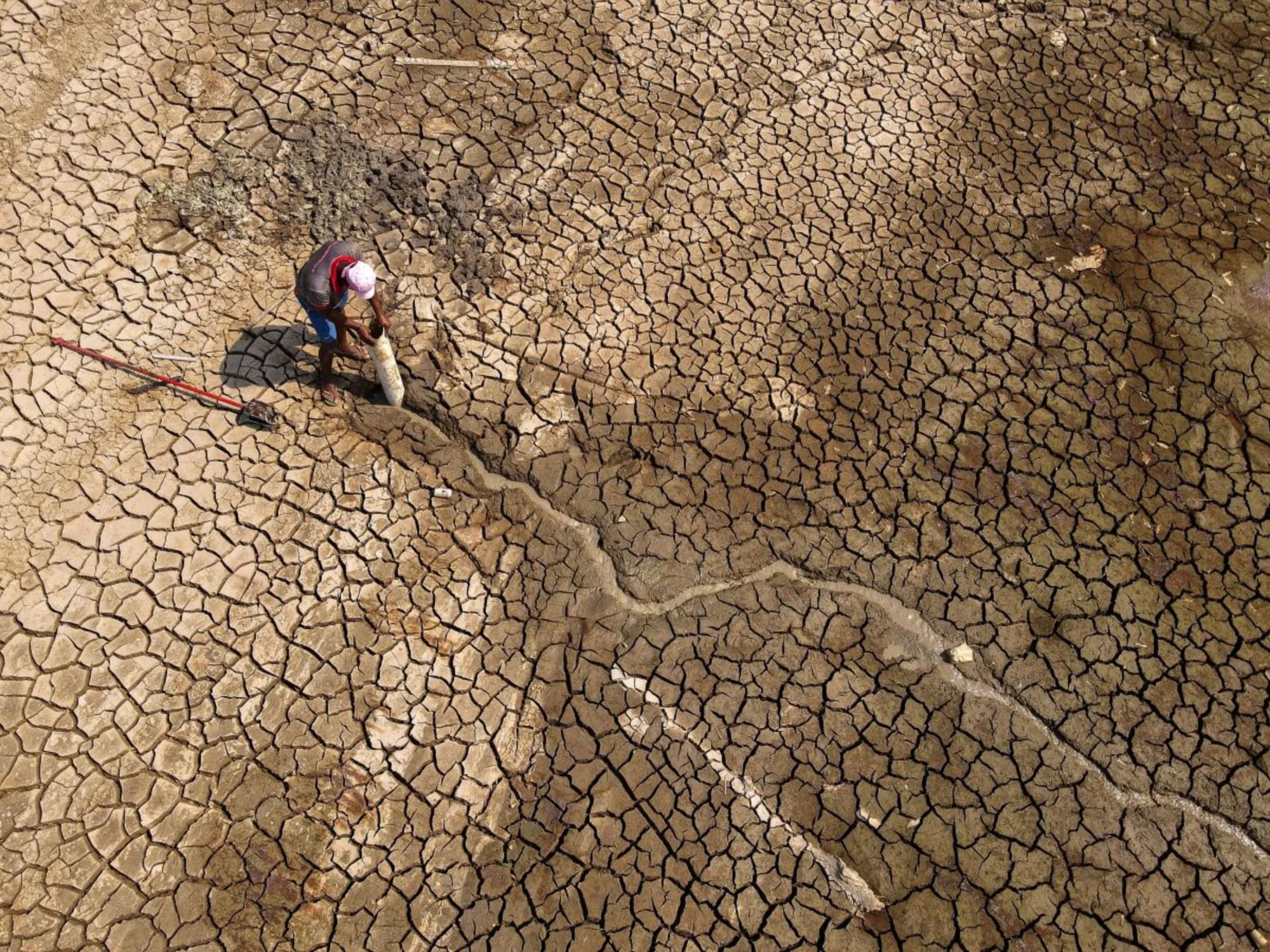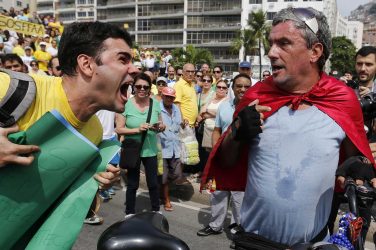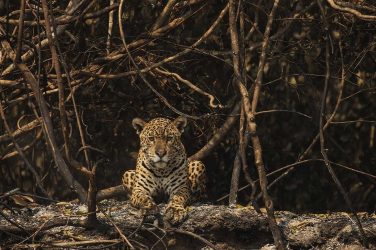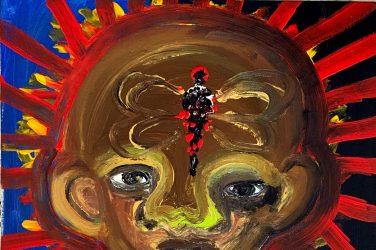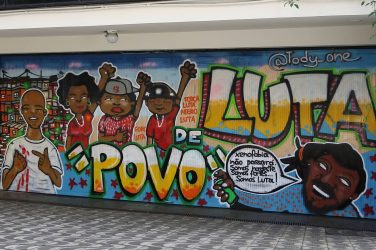A severe drought in Brazil’s Amazon has damaged the forest ecosystem, brought chaos for riverside communities reliant on fishing and river transport, and fueled wildfires that have cloaked the region’s biggest city in smoke for weeks.
The Amazon basin accounts for a fifth of the freshwater flowing into the world’s oceans, but many of the region’s key rivers have been severely depleted by the dry spell – the fourth severe drought to hit the Amazon in less than 20 years.
The drier conditions have raised fears among scientists that climate change, deforestation, fires and other human impacts are pushing the Amazon to a “tipping point” that threatens to alter the forest irreparably and turn it into a drier environment resembling a savannah.
“There is something impacting (the forest’s) climate which did not impact it before the 1960s,” said Brazilian climate scientist Paulo Artaxo, a member of the U.N. Intergovernmental Panel on Climate Change (IPCC).
What is meant by the Amazon’s tipping point?
Writing in the Science Advances journal in 2018, climatologists Carlos Nobre and Thomas Lovejoy used the phrase “tipping point” to refer to the possible impact of environmental destruction in the Amazon, especially deforestation, climate change and fires.
Their influential article estimated that between 20% and 25% of the Amazon forest must be kept intact to prevent portions of it from turning into a drier ecosystem akin to a savannah.
The researchers argued that much of the Amazon’s moisture comes from air blown in from the Atlantic Ocean, which is then repeatedly absorbed and released by plants, trees and water masses in the forest.
Without tree coverage, however, more than half of the Amazon’s rainwater runs off, taking it out of that cycle.
In addition to deforestation, global warming has also been found in climate models to be driving droughts in the Amazon.
A 2022 paper published in the journal Science estimated that if warming exceeds 3.5 degrees Celsius above pre-industrial times, the Amazon could reach a tipping point and die out, independent of how much tree cover is lost.
How much of the Amazon has been destroyed?
When European colonizers first arrived in the Amazon rainforest, it covered 647 million hectares – but 13% of that has since been lost, according to a 2022 estimate from the Monitoring of the Andean Amazon Project (MAAP).
According to Matt Finer, senior researcher and director at MAAP, the eastern part of the Amazon has lost 31% of its forest cover – especially worrying as it is more likely to disrupt the Atlantic moisture flow, which enters the forest there.
On top of that, 38% of the Amazon has been degraded, found research published this year by Science.
There are various signs that the forest is becoming less resilient, especially in the “arc of deforestation” that spans the ecosystem’s southern and eastern fringes in Brazil.
A 2021 paper in the Nature journal shows that the Brazilian Amazon’s southeastern region is now emitting more planet-heating carbon than it absorbs, even in rainy years, when vegetation usually thrives – hence absorbing more CO2.
How bad is the Amazon’s current drought?
There are indications that the drought may be even worse than the one that hit the Amazon in 2005, and that the region is steadily becoming drier.
As of Nov. 1, six out of 22 river monitoring stations had registered their lowest level on record, and only five were at normal levels.
In the city of Manaus, which has been choked with smoke from the wildfires, the Rio Negro has fallen to its lowest level in 121 years.
Research shows that since the 1970s, when deforestation in Brazil’s Amazon gained pace, the dry season has increased by up to a month in the ecosystem’s southern areas.
Research released in 2022 by MapBiomas, a collaboration between universities, nonprofit groups and technology companies, found Brazil’s Amazon lost 14.5% of its surface water between 1985 and 2021.
“Marshland has been drying up year by year,” said Carlos Souza, coordinator at MapBiomas.
What does the drought mean for climate change?
The Amazon is currently a carbon sink, meaning it absorbs planet-heating carbon. But if too many trees die and rot, it would become a net carbon emitter – accelerating climate change.
In 2005, when the last severe drought hit the Amazon, so many trees died that the forest emitted more greenhouse gases than Europe and Japan’s annual emissions, according to a 2009 study published in Science.
Can an Amazon tipping point be averted?
Some researchers say that for parts of the Amazon it is too late to avoid a tipping point.
“The tipping point is not a future scenario (…) rather a stage already present in some areas,” said a 2022 report by the Amazonian Network of Georeferenced Socio Environmental Information (RAISG).
RAISG recommends designating unprotected public land as environmental reserves or recognizing them as Indigenous territories, which research shows are particularly well-protected from deforestation.
Another 6% of the forest’s original area should be restored, the group says.
Deforestation in Brazil’s Amazon dropped by 22.3% in the 12 months through July, government data showed.
Late last year, Brazil’s incoming President Luiz Inácio Lula da Silva renewed his country’s pledge – first made under the 2015 Paris Agreement – to reforest by 2030 12 million hectares of forest land, an area roughly the size of England.
The most recent data shows that forest restoration projects covered 74,000 hectares in 2021, mostly outside of the Amazon.
An August 2023 study from Brazilian think-tank Instituto Escolhas estimated that investments of 228 billion reais ($46.85 billion) are needed to make good on Brazil’s reforestation pledge by 2030.
($1 = 4.8670 reais)
Andre Cabette Fabio is Climate and Nature Correspondent for the Thomson Reuters Foundation based in Rio de Janeiro.
This article was produced by the Thomson Reuters Foundation. Visit them at https://www.context.news/


